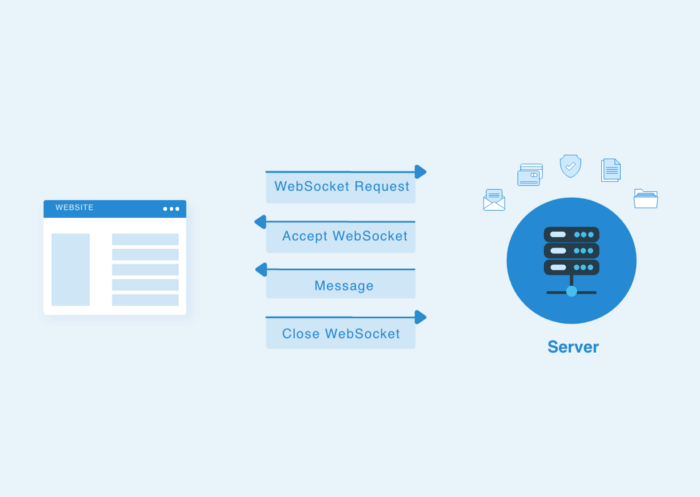In today's digital age, information security is of paramount importance for organizations across various industries. The ISO 27001 standard, a globally recognized framework for information security management systems (ISMS), provides a comprehensive set of guidelines to safeguard sensitive data and protect against potential cyber threats. Achieving ISO 27001 compliance demonstrates an organization's commitment to ensuring the confidentiality, integrity, and availability of its information assets. However, maintaining sustainable compliance with the ISO 27001 standard is a continuous and demanding process that comes with its fair share of challenges. In this article, we will explore these challenges and propose effective solutions to ensure long-term compliance.
The Challenges of Sustaining ISO 27001 Compliance
Evolving Cybersecurity Threat Landscape
One of the primary challenges faced by organizations in maintaining ISO 27001 compliance is the ever-evolving cybersecurity threat landscape. Cyber attackers continuously develop sophisticated methods to breach systems, which makes it crucial for companies to stay ahead of the game. Regular updates to security controls and risk assessments are necessary to address new threats and vulnerabilities effectively.
Employee Awareness and Training
Employees play a pivotal role in information security. However, ensuring consistent adherence to security policies and procedures can be challenging. Lack of awareness or understanding of the importance of compliance can lead to unintentional security breaches. Regular training and awareness programs are essential to educate employees about the risks and instill a security-conscious culture within the organization.
Resource Constraints
Implementing and sustaining ISO 27001 compliance can be resource-intensive. Organizations, especially small and medium-sized enterprises (SMEs), may face financial constraints, lack of expertise, or inadequate technology infrastructure to support compliance efforts effectively. This hurdle can be overcome by prioritizing critical security measures and seeking external assistance when needed.
Managing Third-Party Risk
Modern businesses heavily rely on third-party vendors for various services and operations. However, this introduces a new layer of risk, as the security practices of these external partners might not align with ISO 27001 standards. Managing third-party risk demands thorough vetting of vendors, clear contractual agreements, and periodic audits to ensure their compliance with security requirements.
Compliance Fatigue
The ISO 27001 compliance journey is not a one-time effort but rather an ongoing process. Over time, organizations might experience compliance fatigue, wherein teams become complacent or lose motivation to maintain the required standards. Avoiding compliance fatigue involves fostering a culture of continuous improvement, periodically assessing the ISMS, and celebrating compliance milestones to keep the momentum going.
Solutions for Sustainable ISO 27001 Compliance
Risk-Based Approach
Taking a risk-based approach to information security management enables organizations to allocate resources effectively. By conducting regular risk assessments, businesses can identify and prioritize critical assets and potential vulnerabilities. This approach allows them to tailor security measures to protect their most sensitive information while ensuring that efforts are focused where they are most needed.
Robust Incident Response Plan
Despite preventive measures, incidents may still occur. A well-defined incident response plan is vital for identifying, managing, and mitigating the impact of security breaches. This plan should include clear guidelines on how to handle different types of incidents, as well as roles and responsibilities during an incident. Regular testing and simulation exercises will help ensure the effectiveness of the plan and improve the team's response capabilities.
Continuous Monitoring and Improvement
Compliance is not a static achievement but an ongoing process. Implementing continuous monitoring of the ISMS allows organizations to detect and respond to emerging threats and risks promptly. Regular audits and assessments help identify areas for improvement and provide opportunities to fine-tune security controls and processes.
Employee Training and Awareness
Employees are the first line of defense against cyber threats. Regular training and awareness programs are vital to educate them about best security practices, such as identifying phishing attempts, handling sensitive data, and reporting potential security incidents. Making employees an integral part of the security process can significantly strengthen an organization's overall security posture.
Automation and Technology Integration
Leveraging technology and automation can streamline compliance efforts and reduce the burden on IT and security teams. Automated tools can assist in monitoring security controls, generating reports, and identifying potential weaknesses. Integrating security solutions with existing business processes ensures that security becomes an inherent part of day-to-day operations.
Third-Party Vendor Management
To mitigate third-party risk, organizations should establish a comprehensive vendor management program. This involves conducting due diligence before engaging with vendors, incorporating security requirements into contracts, and conducting periodic audits of vendor security practices. Collaboration with vendors and mutual understanding of security expectations can create a more robust and secure ecosystem.
Executive Support and Organizational Culture
Sustainable ISO 27001 compliance requires strong support from top-level management. Executives must prioritize information security and set an example for the entire organization. Fostering a culture of security awareness and accountability will make compliance efforts more effective and sustainable.
Conclusion
ISO 27001 compliance is not a destination but an ongoing journey. To ensure sustainable compliance, organizations must adapt to the ever-changing threat landscape, prioritize risk management, and foster a culture of security awareness. By addressing the challenges head-on and implementing effective solutions, businesses can protect their information assets and build trust with customers, partners, and stakeholders in the digital age.





